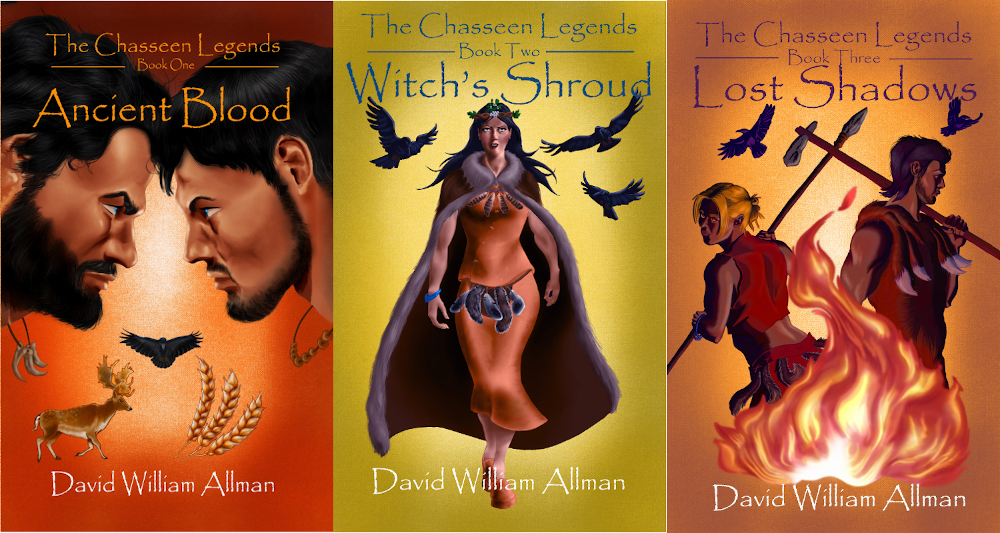
About the Author |
|
The Chasseen Culture
First and foremost, the Chasseen were people like us, but without the technology, organization and understanding that 6000 years of discovery has taught us. They were more familiar with and aware of the natural world than most of us.
The Chasseen were the first people in western Europe to rise from a singular hunter-gatherer life-style to a more diverse life as small family clans coalesced into farming communities. The clans shared with each other their own personal traits and family traditions while participating in a mutually beneficial work-load. Differing talents became an advantage.
Chasseen is the name given to a loose collection of nomadic hunter-gatherers transitioning to a more stable life-style. This is the beginning of communal life in Europe. However, these were still bands of diverse people with minimal organization. They did, however, intermingled on a regional basis during seasonal worship events.
This transition to farming began as a matriarchal activity. The women mastered the technique of moving wild grains to local fields, then turned the seeds into a gardening endeavor. This endeavor changed to full-fledged farming as the women taught themselves the techniques of crop rotation and multi-seasonal planting/harvesting. This continued until the workload of farming overcame their child-rearing and domestic responsibilities and the men took over. The men changed from hunters to farmers as the advantages of a continual and reliable food-source became apparent.
Women also formed the clans into unified communities to assist each other in child-bearing. Prior to this, half the women did not live through child birth. When they began living together they found mutual support for birthing and child-rearing and thus the population of the community grew as more women and infants survived.
The Chasseen culture covers about 1000 years, from 4500 to 3500BC. Their influence extended over several large groups. In general, the groups were separated by the mountain ranges of Europe and were concentrated near river basins. One group covered most of the southern Iberian Peninsula around to the Italian coast (the people I write about). There was also a group from the Paris basin to the Danube area and another group located in Northern Europe. Each maintained a similar culture. The two latter groups were eventually displaced by a pre-Celtic culture. The Iberian Peninsula group, because they were more scattered, maintained their culture much longer. They were probably intermingled with the Celts and later the Gauls.
The Chasseen were neolithic (ne=-new + lithic=stone) age people. They already had grinding stones for acorns to make bread and used these same stones when they switched to growing spelt and barley for bread. They had no metal technology, but mastered the use of flint and obsidian. Originally, they used an atlatl for hunting but changed to a bow and arrows. Bowls and cooking utensils for communal meals were made of clay and they used personal clay bowls with bone implements. Their cook-pots were unique for having three large lugs near the bottom of the pot to hang on a tree and dropped hot rocks into it for cooking.
The Chasseen were the first in the region to herd goats (and later sheep) and trained their dogs to assist in herding. They cultivated spelt (an original type of wheat), wild peas, millet and harvested fruits such as apples, pears and plums. They made beer using honey and moldy bread or over-ripe fruit for fermentation.
Want to Skype with David during your Book Club meeting?
-or- Set up a chapter reading or a signing event?
Contact: David Allman
